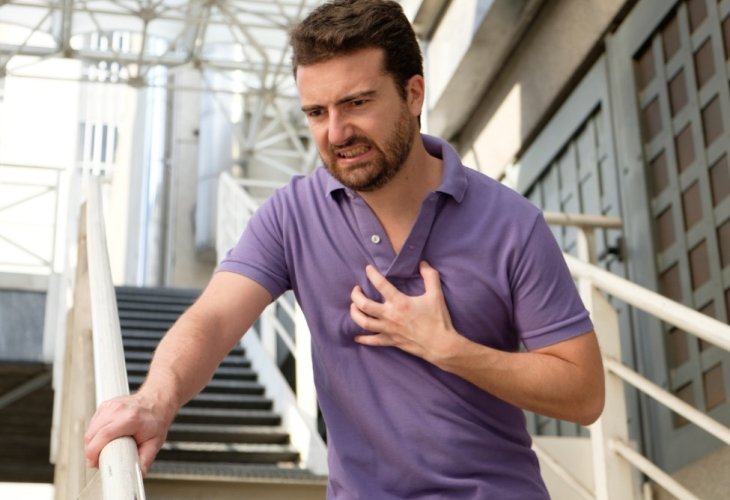Depression and Anxiety
Panic Attacks vs. Anxiety Disorders: Symptoms, Causes, and How to Cope
Learn the key differences between panic attacks and anxiety disorders, what triggers them, and expert-backed tips for calming your mind and regaining control.
 (Photo: Shutterstock)
(Photo: Shutterstock)Anxiety, anxiety disorder and panic attack, are terms that have become increasingly common in recent years. However, most people still don’t truly understand what a panic attack is, how it feels, or if it differs from an anxiety disorder.
What is Anxiety?
At its core, anxiety is a natural and essential response for human survival. Anxiety, or fear, is the emotion that activates physical responses in the body, enabling us to avoid or respond effectively to danger. It helps us either escape from a threat or confront it to ensure our safety.
The problem begins when the danger doesn’t actually exist. People who suffer from anxiety disorders experience these responses even when no real threat is present, which can cause tremendous emotional suffering and disrupt daily life.
What is a Panic Attack?
As its name implies, a panic attack is a sudden and intense episode that strikes without warning, often when everything seemed fine just moments earlier. During a panic attack, a person might experience symptoms such as:
Intense fear or dread
Rapid heartbeat
Excessive sweating
Dizziness
Hot flashes
Fainting sensations
A sudden urge to use the restroom
These physical sensations themselves can be terrifying. Many people experiencing a panic attack also feel like they’re dying, suffocating, or losing control. Since the symptoms closely resemble those of a heart attack, it’s common for people to think they are having one, which of course only heightens the anxiety.
It’s important to emphasize that a panic attack is not dangerous, even though it can feel overwhelming. A typical panic attack lasts between 2 to 5 minutes. It reaches a peak and then slowly subsides, leaving behind some residual discomfort or fear for another 10 to 30 minutes.
Because the experience is so frightening, people who have had even one panic attack. often become anxious about having another, which can itself trigger more attacks or lead to a longer-term anxiety disorder.
Why Does It Happen?
As mentioned, anxiety is the body’s natural alarm system designed to protect us from danger. In a real threat, the body activates a "fight or flight" response- a surge of energy to help us run, freeze, or defend ourselves.
In a panic attack however, this alarm is triggered by a false signal- as if the body’s internal system is responding to a threat that doesn’t exist. It’s like a car alarm going off due to a gust of wind or a passing truck- the system malfunctions and reacts without an accurate cause.
Panic Attack vs. Anxiety Disorder
A panic attack is a sudden, isolated episode. While someone may experience multiple attacks, each one stands alone.
An anxiety disorder, however, is often a chronic condition that may develop as a result of repeated panic attacks. It typically causes a person to avoid specific activities or situations due to the fear of another attack. For instance, someone who had a panic attack while driving may begin to avoid driving altogether.
In such instances, anxiety leads to avoidant behavior, eventually steering clear of normal, everyday actions that are perceived (often irrationally) as dangerous or overwhelming.
How Can Anxiety and Panic Attacks Be Treated?
It's possible to learn how to manage panic attacks as they arise. There are relaxation techniques that can be used at the early signs of an attack and these methods can reduce the intensity of the episode and help regain a sense of control. Such skills are commonly taught in Cognitive Behavioral Therapy (CBT).
In more severe cases, or if panic attacks evolve into a full anxiety disorder, professional therapy is recommended. Sometimes, medication may also be necessary to help manage symptoms effectively.
Practical Tips for Handling Panic Attack Symptoms:
Rapid heartbeat: It’s hard to slow your heart when sitting still. Try walking around to regulate your heart rate.
Shortness of breath: Step outside or stand near a window and take slow, deep breaths.
Shaking or trembling: A warm hug from someone close can provide comfort and calm.
Dizziness: Find a place to lean or sit. Reclining in bed at a slight angle (not lying flat) can help.
Tingling sensations: Move or gently massage the affected limb to restore normal sensation.

